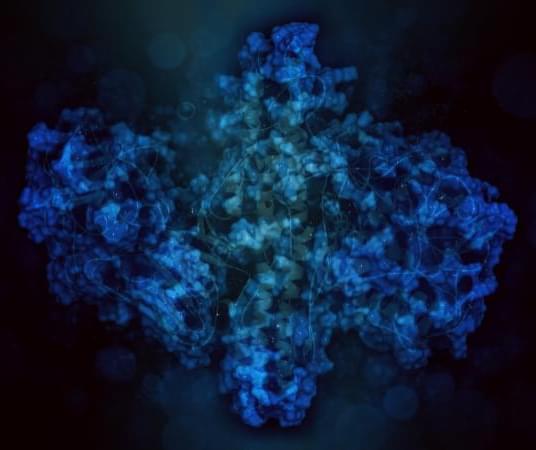We’ve all heard about the potential of artificial intelligence in the life sciences field. In 2020, the launch of AlphaFold 2, pioneered by Google DeepMind, took the world by storm and marked a new age in protein structure prediction. But now, AlphaFold 3 is transforming the landscape again. In this news highlight, we explore the new tech, compare it to its predecessor and take a look to the future.
Before the AI revolution, protein structure prediction heavily relied on experimental methods, such as X-ray crystallography, NMR spectroscopy and, later, some complex computational methods like homology modelling. These methods were time consuming and costly, and were a major limiting step in drug discovery and development processes in particular. For years, scientists have been attempting to integrate the latest and greatest AI models into the field, in order to speed up the process and improve accuracy.
Enter AlphaFold, an artificial intelligence tool developed by Google’s DeepMind. The first version of the technology was released in 2018, but it was 2020’s AlphaFold 2 that made headlines – winning the prestigious Critical Assessment of Structure Prediction (CASP) 14 competition. Having gone through multiple major iterations, the most recent release, AlphaFold 3, is set to further transform the protein space. But what does it do, and how may it outperform its predecessor?
